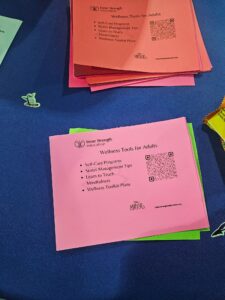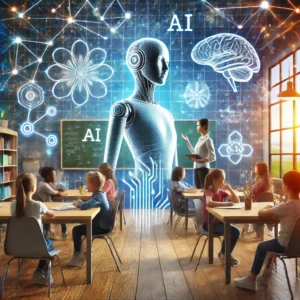After a year of the pandemic, we are finally starting to see some light at the end of the tunnel. Students are starting to return to in-person classes in schools and no longer need to attend Zoom science and math or Zoom gym. While this is certainly a positive development, we also have to think about the best ways to support students while they re-acclimate to their environment.
“The first thing educators need to understand is the toll that this year has taken on each person’s nervous system,” explains Mona Delahooke, the author of Beyond Behaviors: Using Brain Science and Compassion to Understand and Solve Children’s Behavioral Challenges.
And according to healthychildren.org, the pandemic has been especially difficult for BIPOC students and their families living in poverty. Many students have also shared that they feel isolated and disconnected from school, friends, family, and life in general (Jones, 2021).
So as schools and classrooms reopen, it is important that we are prepared to find ways to support and empower students. Here are a few resources that I’ve discovered: EdSource, the American School Counselor Association, and the National Education Association all have really useful information.You can check them out for yourselves, but I’ve listed a few strategies to help get you started:
- Prioritize social emotional learning. Students need to feel connected, safe, and supported and may need to rebuild meaningful relationships or create new ones.
- Understand that they can’t go back to “normal”. There is no normal anymore, so it’s here that they can employ some tools of mindfulness: be present, make space for all that is occurring, accept themselves and others, show compassion for themselves and others, and develop healthy outlets for stress. For support, check out the Inner Strength Audio Meditations for teens.
- Teachers may want to conduct daily or weekly “check-ins” with students, providing a safe space for them to express their feelings and listen to their classmates, as a way to gain empathy and build communication skills after a year of limited social contact.
- It would be helpful for teachers to be trained in mental health first aid, know how to recognize signs of mental distress, and what to do when a student is in crisis.
- COVID-19 amplified the digital divide and lack of equal access to technology, so it is extremely important to design teaching and learning activities that are as inclusive as possible.
These are just a few ideas for supporting students as they return to the classroom. There is still much to be studied and understood about the impact of COVID-19. Data is beginning to emerge that will help to shape how we respond to, and cope with, the events of the past year but we still have a ways to go.
One thing we know is that caring, a human touch, goes a long way. Good thing about that, we all have that in our own way. Human beings are designed to be connected. So reach out to your students and teens, stay connected and caring and let’s continue to forge our new paths and support and empower each other along the way.



